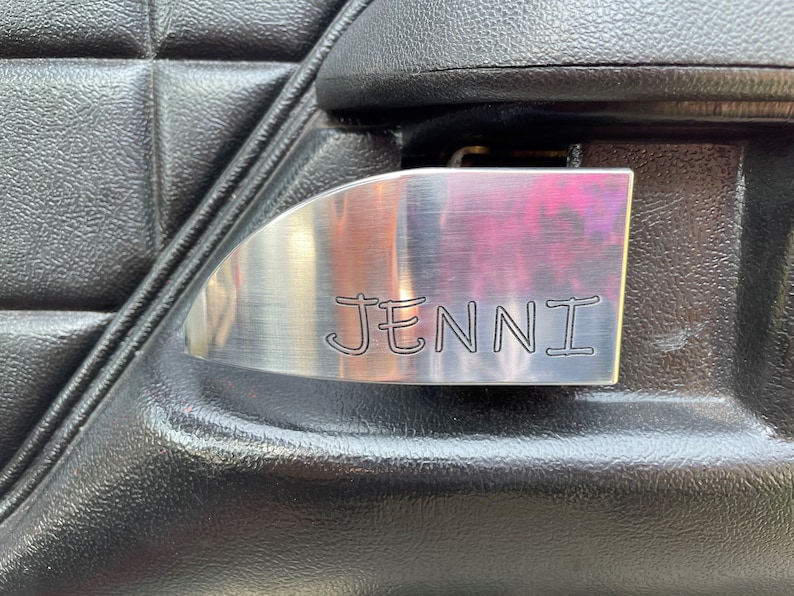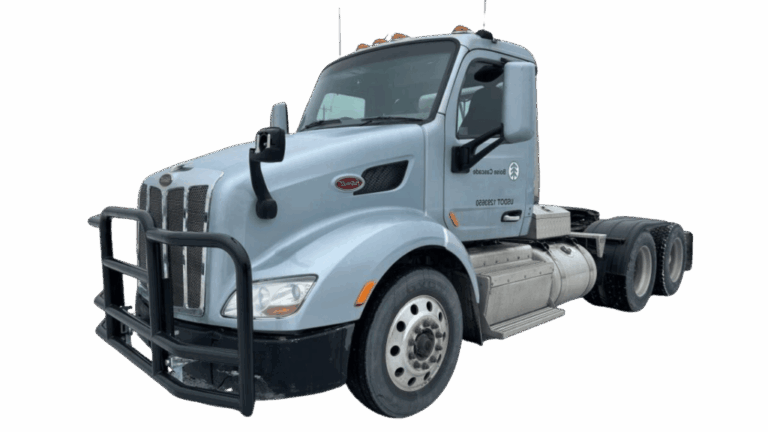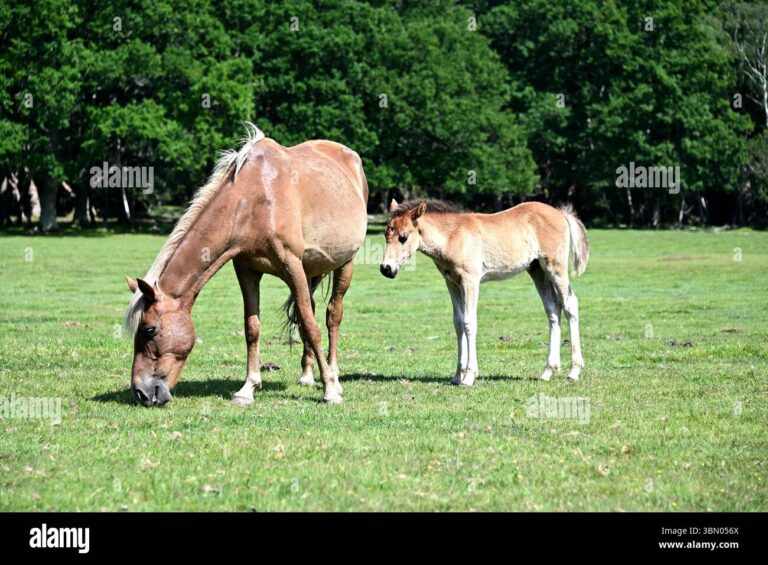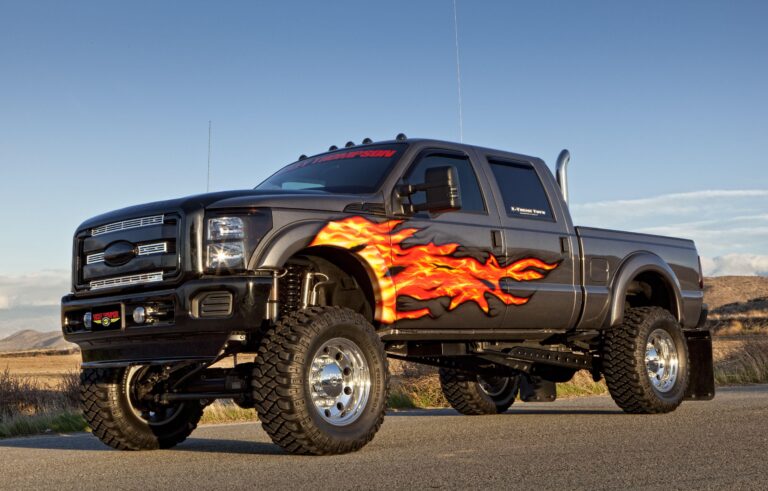1973 To 1979 Ford Trucks For Sale: Your Comprehensive Guide to the "Dentside" Era
1973 To 1979 Ford Trucks For Sale: Your Comprehensive Guide to the "Dentside" Era cars.truckstrend.com
In the vast landscape of classic American trucks, few generations command as much enduring respect and admiration as the 1973 to 1979 Ford F-Series. Affectionately dubbed "Dentsides" by enthusiasts, a nod to the distinctive body line running along their flanks, these trucks represent a pivotal era in Ford’s history. They combined rugged utility with a burgeoning sense of style and comfort, cementing their status as reliable workhorses that could also turn heads. Today, these vintage Ford trucks are not just relics of the past; they are highly sought-after collector’s items, project vehicles, and even daily drivers for those who appreciate their timeless design, robust construction, and mechanical simplicity. If you’re considering entering the world of classic truck ownership, or simply curious about what makes these "Dentsides" so special, this comprehensive guide will navigate you through everything you need to know about 1973 to 1979 Ford trucks for sale.
Understanding the "Dentside" Era (1973-1979): A Brief History
1973 To 1979 Ford Trucks For Sale: Your Comprehensive Guide to the "Dentside" Era
The seventh generation of the Ford F-Series pickup truck, spanning the model years 1973 to 1979, brought significant advancements and a distinctive aesthetic that set it apart. Ford aimed to make these trucks more comfortable, safer, and more capable than their predecessors.
Key defining features and historical notes include:
- Redesigned Cab: A larger, more comfortable cab with improved ventilation (Flow-Through Ventilation) was a major selling point, offering a more car-like experience.
- Stronger Frame: A tougher, full-width frame was introduced, enhancing durability and payload capacity.
- Distinctive Styling: The signature "dent" or character line running along the side of the truck, particularly noticeable below the windows and wrapping around the bed, gave the series its enduring nickname.
- Introduction of the F-150: In 1975, Ford introduced the F-150, positioned between the F-100 and F-250. This model quickly gained popularity, largely due to its Gross Vehicle Weight Rating (GVWR) that allowed it to bypass certain emissions regulations that applied to lighter-duty F-100s.
- SuperCab Option: The extended SuperCab, offering extra seating or storage behind the front seats, debuted in 1974, providing more versatility.
- Full-Size Bronco Integration: For the 1978 model year, the Bronco was redesigned to be based on the F-Series platform, transforming it into a full-size SUV that shared many components with the F-Series trucks, including engines and transmissions.

From the utilitarian F-100 to the heavy-duty F-350, these trucks were built to work hard and withstand the test of time, a testament to their enduring appeal today.
Why Buy a 1973-1979 Ford Truck Today?
The appeal of the "Dentside" F-Series extends far beyond mere nostalgia. There are several compelling reasons why these trucks remain a fantastic choice for enthusiasts and practical owners alike:

- Classic Aesthetics: With their bold grille designs, prominent chrome accents, and that iconic "dent," these trucks possess an undeniable vintage charm that stands out in a sea of modern vehicles. They embody a rugged, no-nonsense American design philosophy.
- Robust Durability: These trucks were engineered for toughness. Their thick-gauge steel bodies, heavy-duty frames, and robust mechanical components were built to withstand years of hard work. Many original examples still run strong today, a testament to their build quality.
- Mechanical Simplicity: Compared to contemporary vehicles loaded with complex electronics, "Dentsides" are refreshingly straightforward. Their carbureted engines and mechanical systems are generally easier to diagnose, maintain, and repair, making them ideal for DIY enthusiasts.
- Readily Available Parts: Thanks to their popularity and the sheer volume produced, a vast array of new, reproduction, and used parts are available. Whether you need an engine component, body panel, or interior trim, you’re likely to find it.
- Customization Potential: The "Dentside" platform is a blank canvas. From faithful restorations to modern restomods, off-road builds, or performance upgrades, the possibilities are virtually endless. Their simple construction makes them highly adaptable.
- Investment Potential: Well-maintained or professionally restored "Dentsides" have seen a steady appreciation in value over recent years. While not a guaranteed investment, a smart purchase can certainly hold its value and potentially increase over time.

Key Models and Configurations to Look For
The 1973-1979 F-Series offered a wide range of models, body styles, and engine options, catering to diverse needs:
- F-100/F-150: The most common light-duty models. The F-100 was phased out by 1977 in favor of the F-150, which became Ford’s top-selling vehicle. Excellent for daily driving, light hauling, or as a base for customization.
- F-250/F-350: Heavy-duty trucks designed for serious work, towing, and hauling. Often equipped with larger V8 engines and stronger suspension components. The F-350 was available with a "dually" (dual rear wheel) option for maximum stability and payload.
- Bronco (1978-1979): The full-size Bronco shared the F-150 chassis and powertrain, offering a rugged SUV with a removable hardtop. Highly sought after by off-roaders and collectors.
- Body Styles:
- Regular Cab: The classic single-cab pickup.
- SuperCab: Introduced in 1974, an extended cab with a small rear bench or jump seats, offering more interior space.
- Crew Cab: A full four-door cab, significantly rarer and highly desirable, especially for F-250 and F-350 models.
- Bed Lengths: Available in short bed (approx. 6.5 ft) and long bed (approx. 8 ft) configurations. Short beds tend to be more popular for their aesthetics and maneuverability.
- Trim Levels: Ranging from the basic "Custom" to the more adorned "Ranger," "Ranger XLT," and the luxurious "Lariat" (top trim, especially from 1978-79), which offered features like velour upholstery, woodgrain accents, and chrome trim.
- Engine Options: A wide variety of inline-six and V8 engines were offered, including the dependable 300 ci I6, and a range of V8s such as the 302, 351M, 360, 390, 400, 429 (limited), and the mighty 460 ci (Big Block) for heavy-duty applications.
What to Look For When Buying (Inspection Guide)
When evaluating a "Dentside" Ford truck for sale, a thorough inspection is crucial. These trucks are old, and even the best-kept examples will have some wear and tear.
- Rust: This is the primary enemy. Common rust areas include:
- Cab corners and rocker panels
- Floorboards (especially under the mat)
- Fender wells and wheel arches
- Bed floors and bed supports
- Tailgate and lower portions of doors
- Frame rails (check for serious pitting, cracks, or previous repairs)
- Engine and Transmission:
- Check for leaks (oil, coolant, transmission fluid).
- Listen for unusual noises (knocks, ticks, excessive lifter noise).
- Check for excessive smoke from the exhaust (blue for oil, white for coolant, black for rich fuel mixture).
- Test drive to check transmission shifting (smooth, no slipping).
- Ask about recent maintenance or rebuilds.
- Suspension and Steering:
- Look for worn bushings, ball joints, or tie rods (excessive play in steering).
- Check shock absorbers for leaks.
- Note if the truck sags on one side.
- Brakes:
- Check brake pedal feel (firm, not spongy).
- Inspect brake lines for rust or leaks.
- Confirm if it has front disc brakes (standard on F-150/250/350 from 1975, a desirable upgrade for F-100s).
- Electrical System:
- Test all lights (headlights, taillights, turn signals, brake lights).
- Check gauges, wipers, heater/AC (if equipped), and radio.
- Look for frayed wires or amateur wiring jobs.
- Interior:
- Inspect seat upholstery for rips or excessive wear.
- Check the dashboard for cracks (common).
- Examine door panels, headliner, and carpets for condition.
- Documentation: Always ask for a clear title. Service records, original manuals, or build sheets add value and provide insight into the truck’s history.
Practical Advice for Buyers
- Define Your Purpose and Budget: Are you looking for a show truck, a reliable daily driver, an off-road beast, or a restoration project? This will significantly impact the condition you seek and your budget. Factor in not just the purchase price, but also potential restoration costs, parts, insurance, and ongoing maintenance.
- Research Thoroughly: Understand the common issues and quirks of specific years or engine types. Online forums, Facebook groups, and specialized websites are invaluable resources.
- Get a Pre-Purchase Inspection (PPI): If you’re not mechanically inclined, or even if you are, consider hiring a trusted mechanic specializing in vintage vehicles to perform a thorough inspection before committing.
- Be Patient: The right "Dentside" might not be the first one you see. Take your time, look at multiple options, and don’t rush into a purchase.
- Connect with the Community: Join online forums and local classic truck clubs. These communities offer a wealth of knowledge, tips, and often leads on trucks for sale or hard-to-find parts.
Potential Challenges and Solutions
Owning a vintage truck comes with its unique set of challenges, but for "Dentsides," most have well-established solutions:
- Rust: This is the biggest battle. For minor rust, patch panels can be welded in. For extensive rust, full body panel replacement (fenders, doors, bedsides, cab corners) is often necessary. Reproduction body panels are widely available.
- Worn Components: Over 40 years of use means parts will wear out. Engine rebuilds, transmission overhauls, and suspension component replacements are common. Fortunately, most mechanical parts are readily available.
- Fuel Economy: These trucks, especially those with larger V8s, are not known for their fuel efficiency. Expect single-digit to low-teens MPG. Solutions include tuning the carburetor, converting to electronic fuel injection (EFI) for better efficiency and reliability, or even modern engine swaps (e.g., Ford Coyote, Cummins diesel).
- Lack of Modern Amenities: No power windows/locks, basic HVAC, and outdated sound systems are standard. Solutions include aftermarket air conditioning kits, upgraded stereos, sound deadening, and even power window conversion kits for a more comfortable ride.
- Finding Specific Parts: While common mechanical parts are abundant, specific trim pieces, rare options, or unique year-specific parts can be challenging to source. Solutions involve diligent searching on online marketplaces, specialty reproduction parts manufacturers, and salvage yards.
Price Table: 1973 To 1979 Ford Trucks For Sale (Estimated Ranges)
Prices for 1973-1979 Ford F-Series trucks vary significantly based on year, model, trim, engine, location, and most importantly, condition. This table provides a general guide.
| Year Range | Model/Trim | Condition: Project/Rough Driver | Condition: Good Driver/Survivor | Condition: Restored/Show Quality | Notes |
|---|---|---|---|---|---|
| 1973-1979 | F-100/F-150 Custom/Ranger | $2,000 – $8,000 | $9,000 – $20,000 | $25,000 – $50,000+ | Most common; F-150 often commands higher prices. |
| 1973-1979 | F-150 Ranger XLT/Lariat | $4,000 – $10,000 | $12,000 – $25,000 | $30,000 – $60,000+ | Higher trim levels with more features. |
| 1973-1979 | F-250/F-350 (Regular/SuperCab) | $3,000 – $10,000 | $10,000 – $22,000 | $28,000 – $55,000+ | Heavy-duty, often with big block V8s; popular for towing. |
| 1973-1979 | F-250/F-350 Crew Cab | $8,000 – $20,000 | $25,000 – $45,000 | $50,000 – $80,000+ | Rare and highly sought after, especially 4×4. |
| 1978-1979 | Bronco | $7,000 – $18,000 | $20,000 – $40,000 | $45,000 – $90,000+ | Iconic full-size SUV, very popular. |
| Special Builds | Restomods/Highly Customized | Varies widely based on build quality and components. Can easily exceed $100,000+ for professional builds. | Modern drivetrains, upgraded interiors, custom paint. |
Note: These are estimates. Prices can fluctuate based on market demand, regional differences, specific engine/transmission, 4×4 vs. 2WD, and documented history.
Frequently Asked Questions (FAQ)
Q1: What’s the best year to buy a "Dentside" Ford truck?
A1: Many enthusiasts prefer the 1978 and 1979 models. By these years, most models (F-150/250/350) had standard front disc brakes and power steering, and the styling was at its peak. However, earlier years can be more affordable projects.
Q2: Are parts hard to find for these trucks?
A2: No, generally not. For common mechanical parts (engine, transmission, suspension, brakes), parts are readily available from auto parts stores, online retailers, and specialty classic Ford truck suppliers. Reproduction body panels and interior components are also widely available. Some very specific trim pieces or unique options can be harder to source.
Q3: Can I daily drive a 1973-1979 Ford truck?
A3: Absolutely! With proper maintenance, a "Dentside" can be a reliable daily driver. Many owners upgrade components like brakes, ignition systems, and add modern conveniences like AC or better lighting to enhance daily usability.
Q4: What kind of fuel economy can I expect?
A4: Don’t expect modern MPG. Most "Dentsides" will deliver anywhere from 8-15 miles per gallon, depending on the engine, transmission, gearing, and driving style. Larger V8s and 4×4 models will be on the lower end of that spectrum.
Q5: What’s the main difference between an F-100 and an F-150?
A5: The F-150, introduced in 1975, had a higher Gross Vehicle Weight Rating (GVWR) than the F-100 (typically over 6,000 lbs). This was primarily to exempt it from certain emissions regulations that applied to lighter-duty trucks, making it a popular choice. The F-100 was phased out by 1977.
Q6: Are these trucks good for towing?
A6: Yes, especially the F-250 and F-350 models equipped with larger V8 engines (like the 390, 400, or 460) and appropriate gearing. They were built as workhorses and remain capable tow vehicles, though modern towing technologies offer more comfort and safety features.
Q7: What are common engine issues to watch out for?
A7: Common issues can include oil leaks (especially from valve covers and rear main seals), carburetor issues (needing rebuilds or adjustments), and wear on valve guides (particularly on some 351M/400 engines). Overall, the engines are robust if maintained.
Conclusion
The 1973 to 1979 Ford F-Series, the beloved "Dentsides," stand as a monument to American automotive engineering and design. They represent a sweet spot where rugged utility met evolving comfort, creating trucks that were equally at home on a construction site or cruising down a country road. Their enduring popularity is a testament to their timeless styling, robust build quality, and the rewarding experience of owning a piece of history that’s still eminently usable. Whether you’re seeking a reliable work truck, a blank canvas for a dream build, or simply a vehicle that turns heads and sparks conversations, a "Dentside" Ford offers an unparalleled blend of classic charm and practical potential. Embarking on the journey of finding and owning one of these iconic trucks is not just a purchase; it’s an investment in a lifestyle, a connection to a bygone era, and a commitment to enjoying the open road in true vintage American style.





